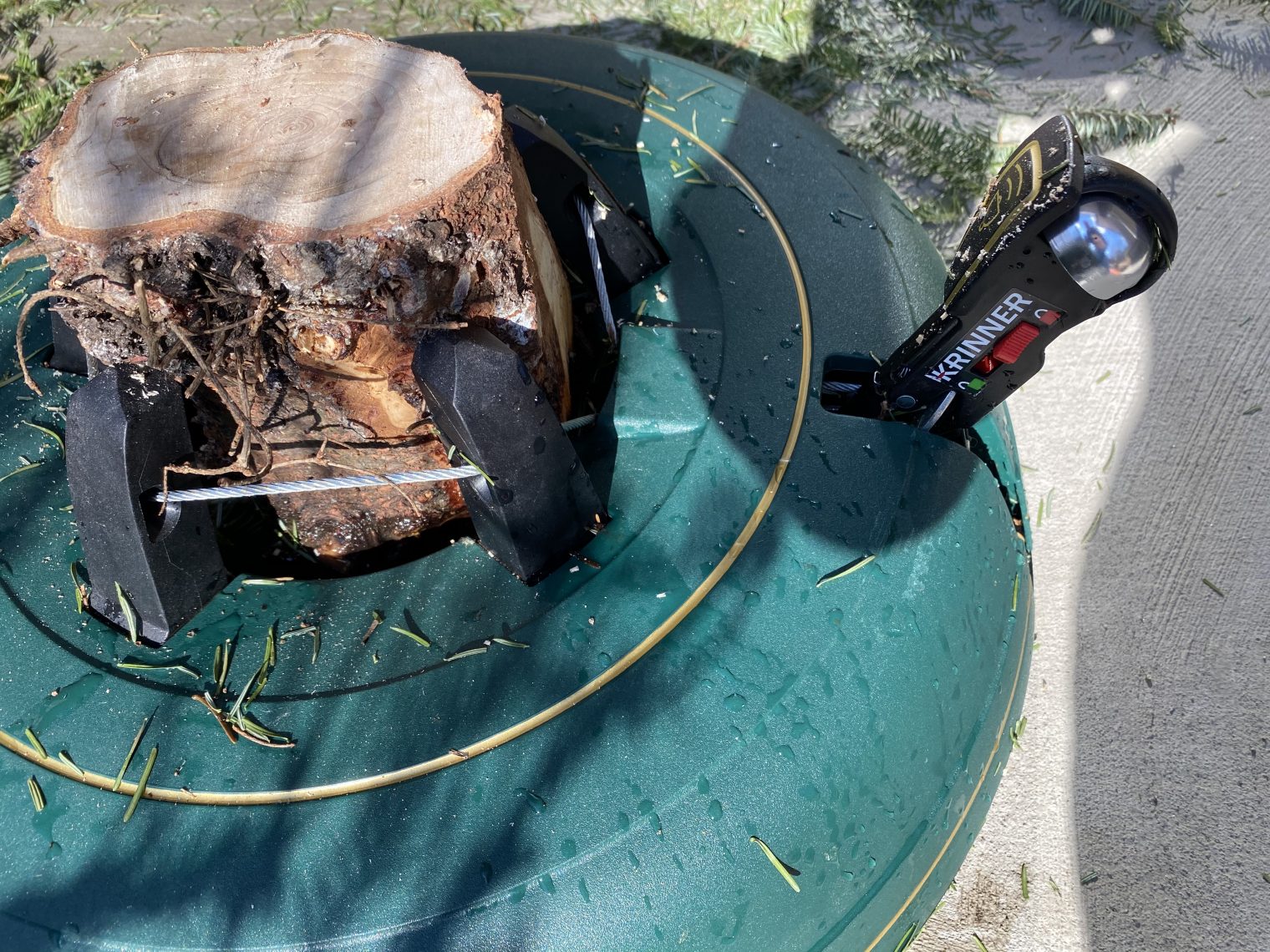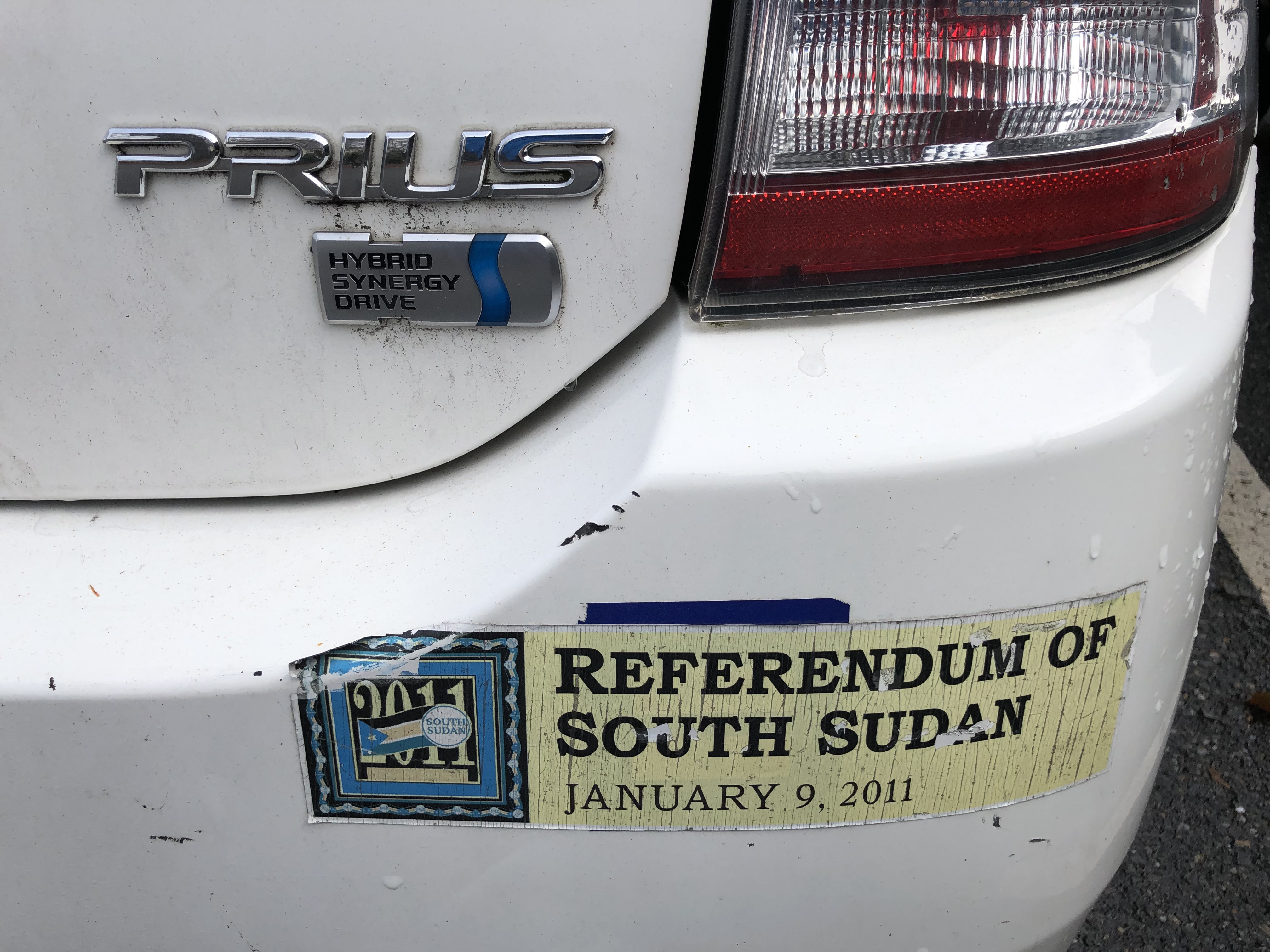The Great Trials of World History and the Lessons They Teach Us, by Douglas Linder, wraps up with two California trials that dragged on forever and cost taxpayers more than $60 million in today’s mini-dollars ($15 million on the McMartin Preschool prosecution, which is about $35 million today).
Linder concurs with previous scholars that the original driver for the McMartin case was a single mother named Judy Johnson (see “Window into American criminal justice system from the daycare sexual abuse trials of the 1980s”) and then things spun out of control when the local police sent a letter to hundreds of parents asking them to (a) keep the letter confidential, and (b) tell the police if their own children had also been abused. Four hundred children were interviewed by the Children’s Institute International (still thriving on tax dollars?) and, via leading questions, the psychologists got the answers that they wanted. From the preliminary hearing:
Children testified that sexual assaults took place on farms, in circus houses, in the homes of strangers, in car washes, in storerooms, and in a secret room at McMartin accessible only by tunnel. One boy told of watching animal sacrifices performed by McMartin teachers wearing robes and masks. In response to a defense question, the boy added that the kids at the ceremony were forced to drink the blood of the sacrificed animals.
Kee MacFarlane, a therapist from CII, was on the witness stand for five weeks!
The prosecution resorted to using a “nine-time felon and confessed perjurer,” George Freeman, to testify that Ray Buckey had made a jailhouse confession.
Defendant Ray Buckey “denied, for example, ever killing a horse with a baseball bat, as one child had testified. He noted that he was not even teaching at the school during many of the times in which he was accused of abusing children. What happened?
On November 2, 1989, after nearly 30 months of testimony, the case went to the jury. The jury spent more than two months deliberating. In the end, the jury acquitted on most of the 65 charges, including all of the charges against Peggy Buckey. On 13 of the charges against Ray Buckey, the jury announced that it was hopelessly deadlocked.
A 2.5-year trial! California taxpayers paid for a second three-month trial, which also resulted in a hung jury. Charges were dropped and Ray Buckey was in the clear nearly 10 years after the investigation began.
How did this go so far off the rails? The professor:
The McMartin case was hounded by journalists publishing stories slanted heavily toward the prosecution. The journalists churned out sensational headlines day after day and almost never seriously questioned allegations. Their actions helped turn the McMartin trial into the expensive fiasco that it became.
I watched the O.J. verdict with a bunch of white colleagues (stunned and amazed) and one black guy (laughed), but hadn’t followed the trial carefully. The professor attributes the prosecution’s loss largely to choice of courthouse:
The first big decision the prosecution made might have been the one that doomed their case. Prosecutors chose to file the Simpson case in downtown Los Angeles, rather than—as was normal procedure—the district where the crime occurred, in this case Santa Monica. This meant that the Simpson jury would be drawn from a largely nonwhite jury pool. A jury in Santa Monica would have been mostly white.
The result is a jury “of nine African Americans, two Hispanics, and one white.” (Tellingly regarding modern academia, this mostly-black jury is described as “more diverse” than downtown LA overall.)
A brilliant move by the defense was to redecorate O.J.’s house before the jury came over for a site visit. The guy was an avid golfer, lived in a white neighborhood, and had lots of photos of himself with white friends. These all came down and were replaced by pictures of extended family members (who happened to be black). A Bible was strategically placed in the living room.
The trial lasted from January through October 1995 and yet the jury deliberated for less than 3 hours. All of the DNA analysis was for naught since the jury didn’t trust the police not to plant evidence.
Full post, including comments 
